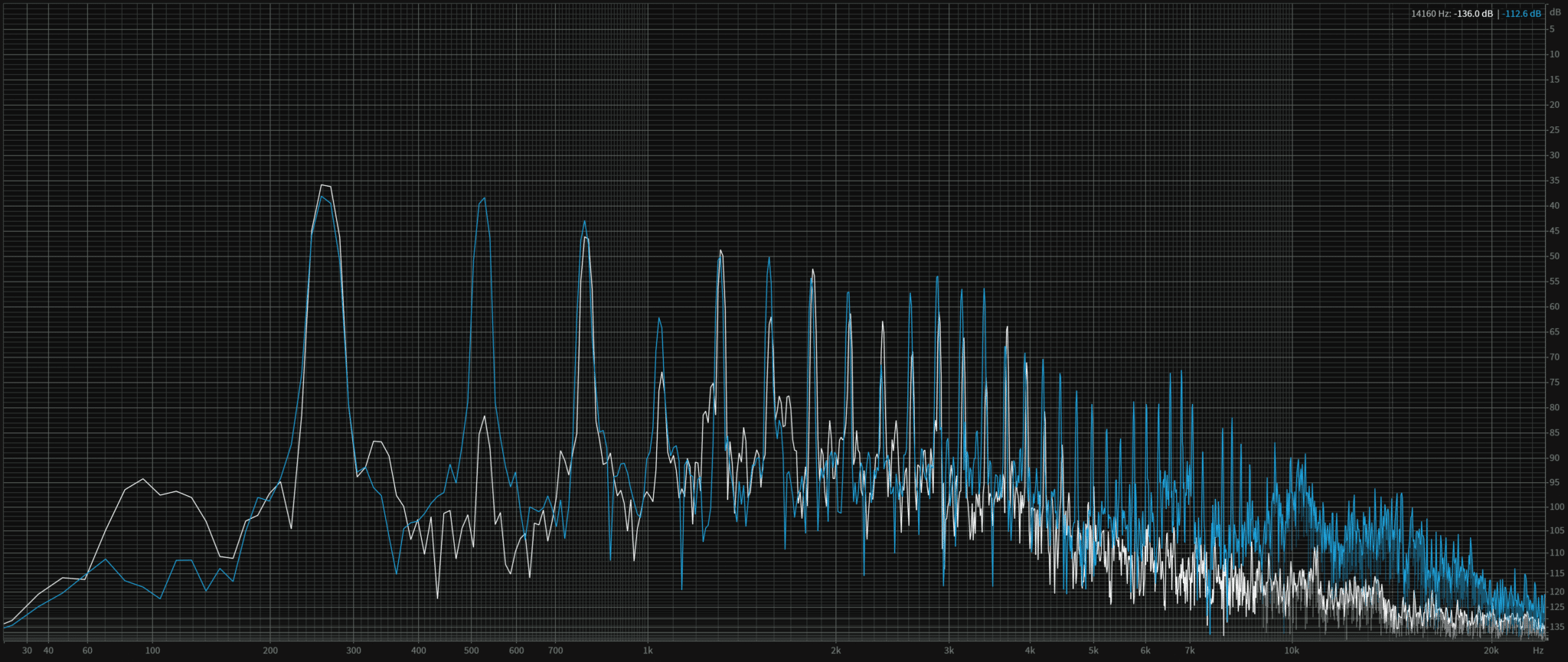From time to time I am asked about the best musical instrument for someone’s hard of hearing child. It turns out that this is not an easy question.
If this was the 1960s, I may have said drums, but that 60-year old answer would be quite simplistic given the advancement of knowledge (and politics) surrounding hearing loss and hearing aid/cochlear implant technology. While it is true that percussion would be an appropriate answer even today in some cases, this would depend on many things ranging from whether the child even wanted to play the drums, to their auditory abilities. And today, there are some music programs at some universities and colleges that would allow a timing-based “rhythm” test in place of a musical-interval frequency-based test in the ear training classes. This is a great adaptation and I presume that the only things holding back other music schools from entering the 21st century, is their inability to spell the word “rhythm”!
There are many things that we have learned over the past 60 years- a greater understanding of the acoustics of music, the effects on the auditory system of hearing loud sounds, the psychosocial benefits of hard of hearing children learning music especially in groups, and the benefits of perhaps staving off cognitive decline in their later years- music is quickly becoming recognized to be of equal importance as learning to write and read, history, and advanced multi-dimensional Calculus…. Well, maybe not Calculus (although this is a really neat area to study), but just being numerically sophisticated!
So, what have we learned since the 1960s?
- People with hearing loss are no less, and no more susceptible to further hearing loss from noise than are people with normal hearing. That is, a person who is subjected to 90 dB(A) of noise or music is still at risk for developing further hearing loss despite having hearing thresholds on the order of 90-100 dB HL. Hearing protection is just as important for hard of hearing people as it is for people with normal hearing. (From a meta study by Borg, 1995).
- Musical experience may offset age-related cognitive decline especially in their ability to understand speech in noise, but that it is the working memory that is the key, and not necessarily the musical training. (Zhang et al., 2021)
- Hard of hearing children can perform rhythmic exercises as well as normal hearing children except when the rhythm becomes quite complex, and this may limit the hard of hearing child’s future progress. (Hildago et al., 2021).
- There are many non-auditory psycho-social benefits of music training for hard of hearing children, especially in groups. (Lo et al., 2022).
- Frequency lowering (from a high frequency region to one where there may be better cochlear function), while great for speech, has limitations for music. (Chasin, 2022).
Yet there are many unanswered questions still and some (actually 12) of these are addressed, at least in part, in Chasin (2022) such as “is a musical instrument that has twice as many harmonics in a frequency range as another, better than one that has fewer?”
In other words, does twice as many harmonics mean twice as many auditory cues for the musician?
For example, is a soprano saxophone better than a clarinet? These two instruments are almost the identical size yet the saxophone has twice as many harmonics (i.e., is a one-half wavelength resonator) as compared with a clarinet (i.e., is a one-quarter wavelength resonator) for any frequency region. A hypothesis is that this saxophone would be better than the clarinet, but this has yet to be tested out… an experiment waiting to happen. I have attached a spectrum (energy distribution) showing the additional (and higher level) harmonics of the saxophone.
References:
Borg, E., Canlon, B., and Egnstrom, B. (1995). Noise Induced Hearing Loss. Scandinavian Audiology, Supplement, 40. pp. 1-141.
Chasin, M. (2022). Music and Hearing Aids. Plural Publishing. (Available March 2022).
Hildago, C., et al. (2021). Rhythmic abilities of children with hearing loss. Ear and Hearing.
doi: 10.1097/AUD.0000000000000926.
Lo, Chi-Yhun, et al. (2022). Beyond audition: Psychosocial benefits of music training for children with hearing loss. Ear and Hearing. doi: 10.1097/AUD.0000000000001083.
Zhang, L., et al. (2021). Musical Experience Offsets Age-Related Decline in Understanding Speech-in-Noise: Type of Training Does Not Matter, Working Memory Is the Key. Ear and Hearing. doi: 10.1097/AUD.0000000000000921.







